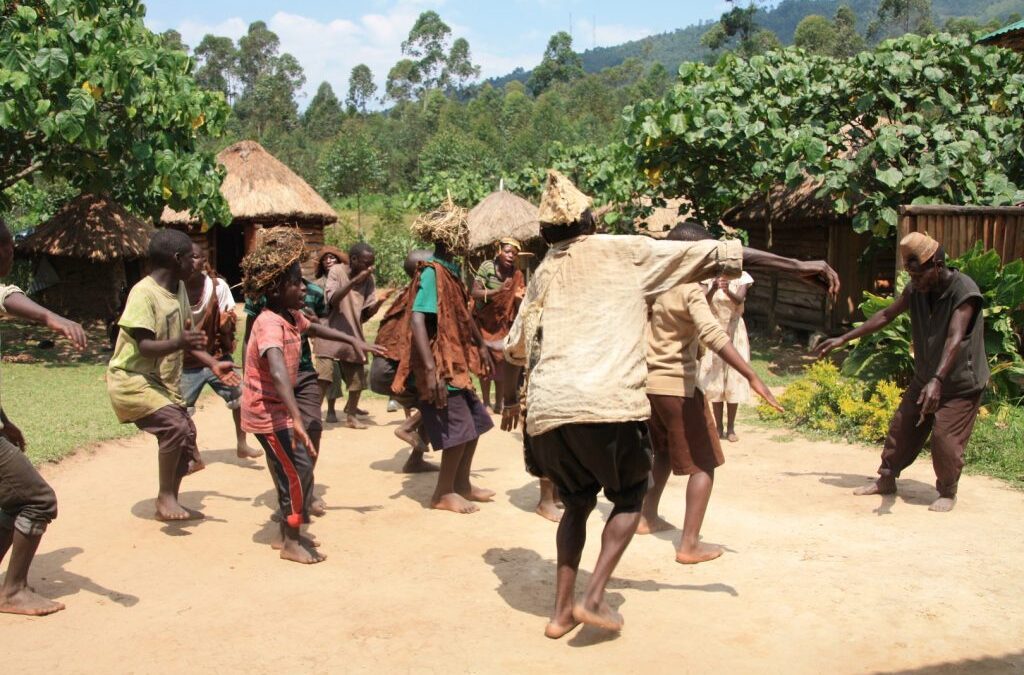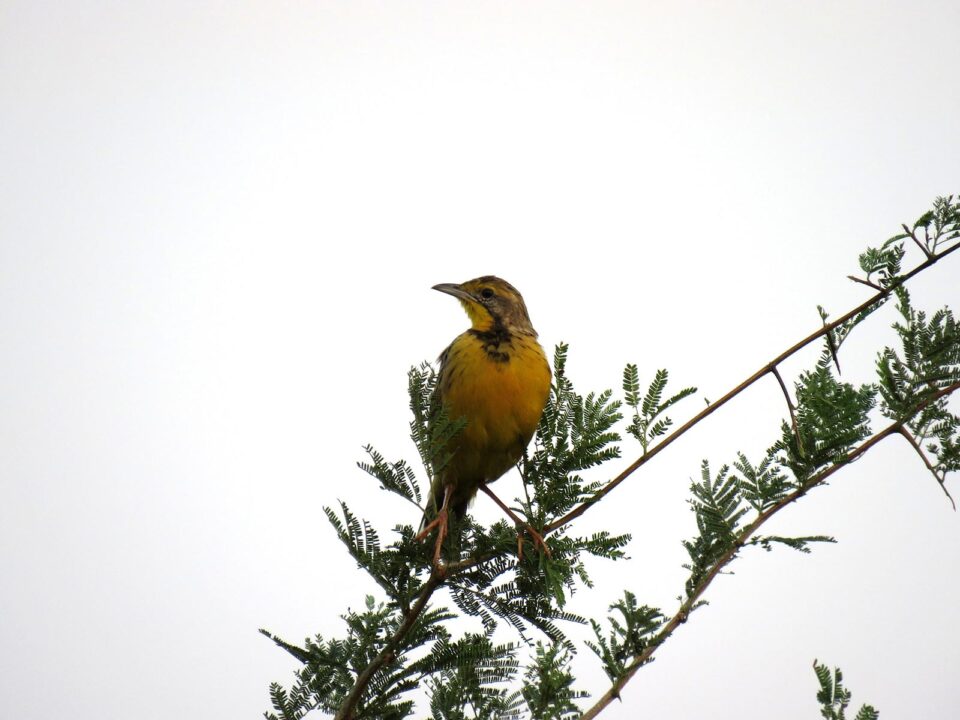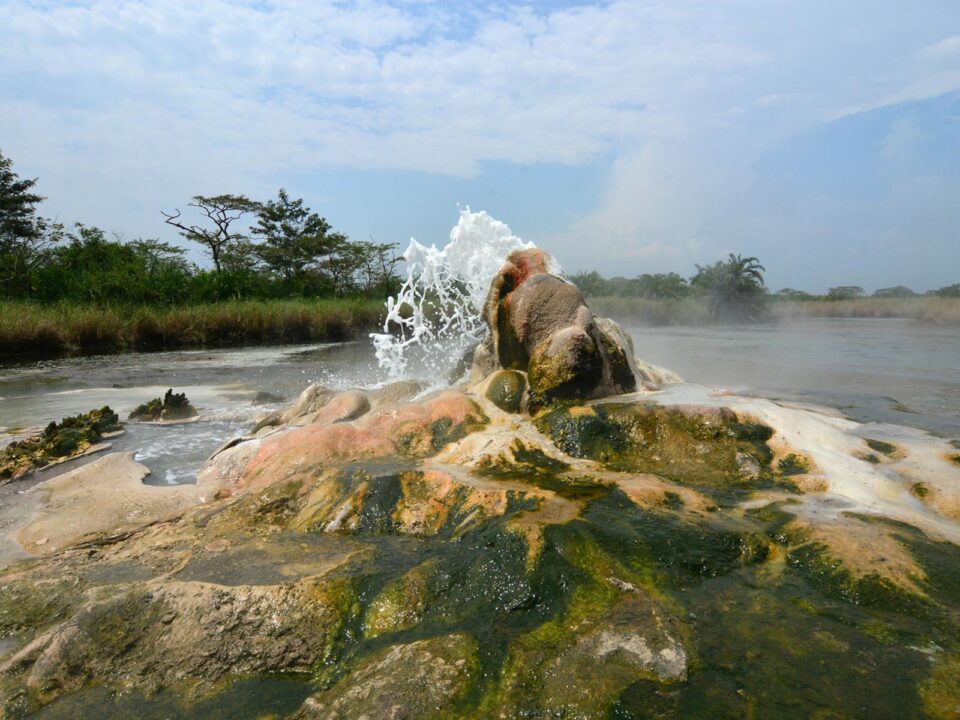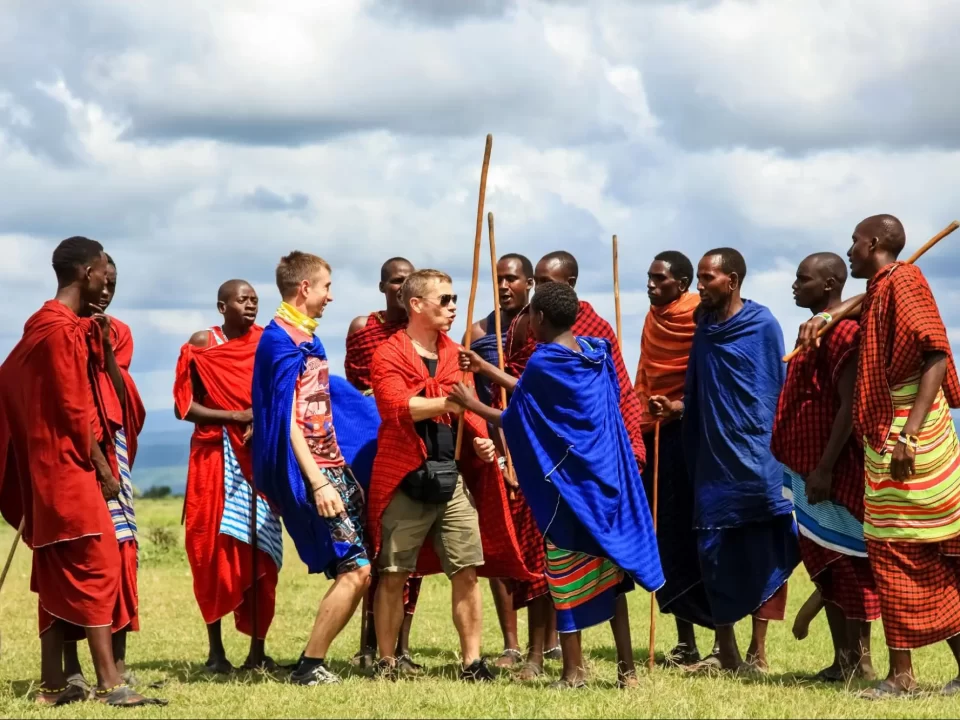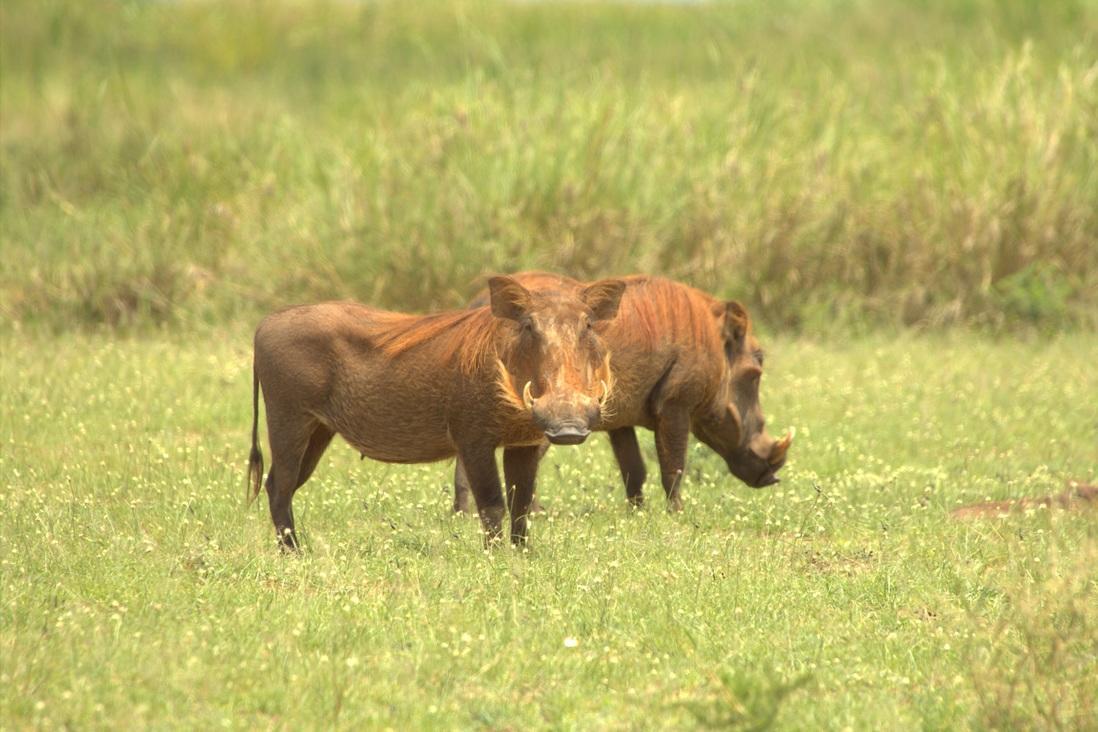
How to Get to Kabwoya Wildlife Reserve
September 6, 2023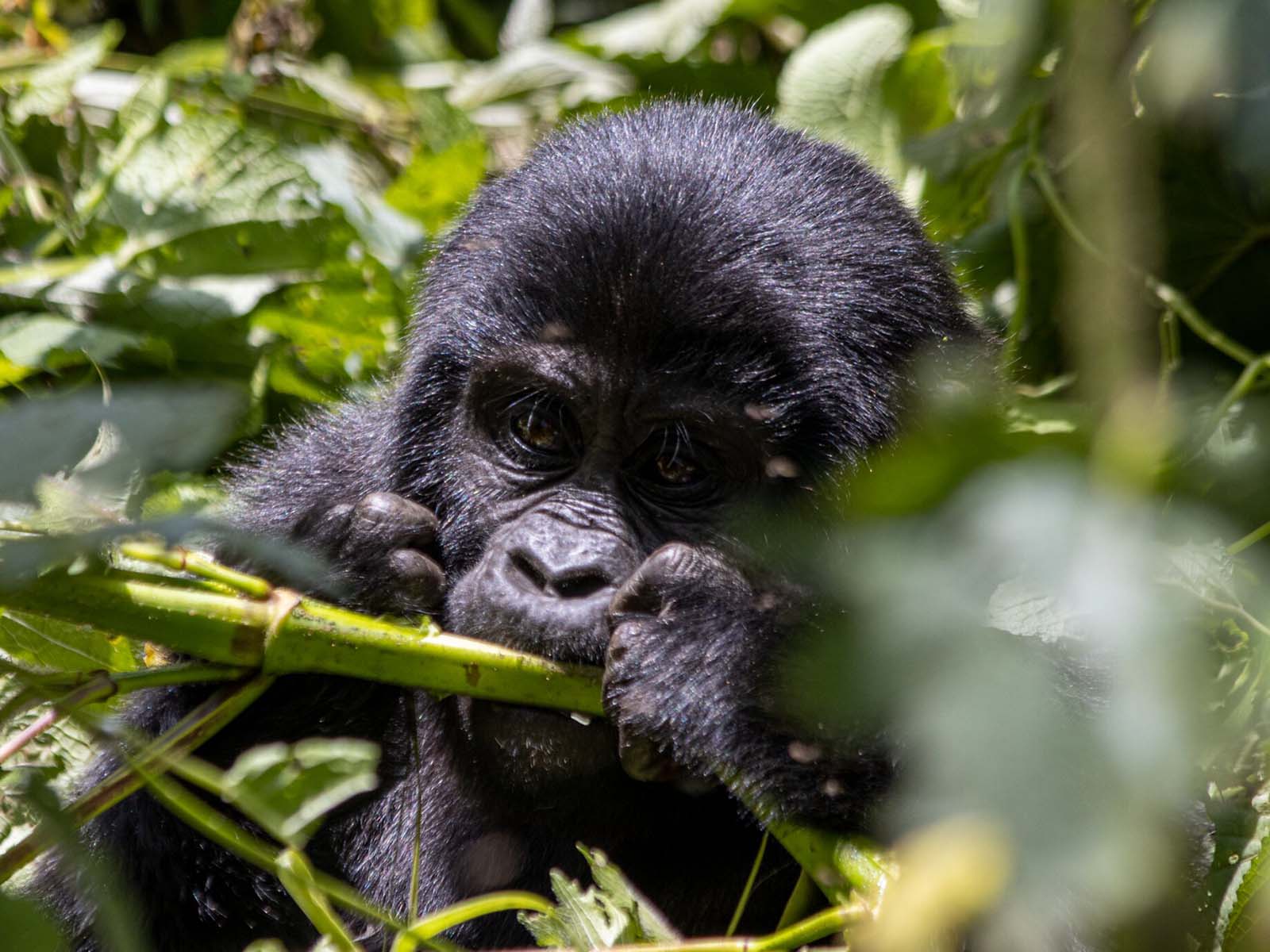
Gorilla Tracking Permits for Nkuringo Sector
September 6, 2023Cultural Encounters in Semuliki National Park – A Journey to Sempaya Hot Springs
Semuliki National Park, a treasure trove of biodiversity, is not just about the exotic flora and fauna that inhabit its lush landscapes. It’s also a place where cultural encounters can be just as enthralling. This park, nestled in the embrace of the Bwamba and Bakonjo tribes, opens a window to meet the Batwa people, who reside in the vicinity of Semuliki Forest. This encounter offers a captivating glimpse into the Batwa’s history as hunter-gatherers, once entirely dependent on the forest for sustenance – food, shelter, firewood, and medicine. Although the forest’s transformation into a forest reserve in 1932 and later into a national park in 1993 reshaped their way of life, these resilient people now share their fading ancient customs through captivating dances, music, and dramatic performances.
Another captivating cultural experience awaits at the banks of the Semuliki River, where you’ll meet the Bambuti pygmies. These people are closely related to the Basu pygmies in the Democratic Republic of Congo, although some believe their kinship extends to the Batwa pygmies residing near Mgahinga Gorilla National Park and Bwindi Impenetrable National Park. The Bambuti pygmies, even fewer in number than the Batwa, offer a unique insight into their lifestyle, which includes the cultivation and smoking of marijuana. Remarkably, both the Bambuti and Batwa pygmies share a history of living within forests, practicing hunter-gathering, and ultimately being displaced from their ancestral homes.
Beyond these cultural encounters, Semuliki National Park beckons with a tapestry of other activities:
Bird Watching:
Bird enthusiasts will find Semuliki National Park a paradise, with its diverse forest and swamp bird species. Keep your eyes peeled for elusive treasures like the shoebill stork and Swamp Palm Bulbul, which frequent the shores of Lake Albert. Other avian wonders include Lemon-bellied Crombec, Black Dwarf Hornbill, African Piculet, Chestnut-breasted Negrofinch, Red-billed Dwarf Hornbills, Blue-billed Malimbe, Maxwell’s Black Weaver, White-crested Hornbill, Yellow-throated Nicator, White-throated Blue Swallow, Red-rumped Tinkerbird, Yellow-throated Cuckoo, Red-bellied Malimbe, Nkulengu Rail, Black-casqued Wattled Hornbill, Piping Hornbill, Leaf-love, Crested Malimbe, Ross’ Turaco, and Orange-cheeked Waxbill, among others.
Nature Walks and Hiking:
Exploring the park’s diverse ecosystems on foot reveals a trove of experiences. Nature walks introduce you to mammals, birds, butterflies, and primates that may elude you during game drives. Three main hiking trails await your discovery: the 8-kilometer Sempaya Nature Trail, the 11-kilometer Red Monkey Track tracing the park’s eastern margin, and the 13-kilometer Kirumia Hiking Trail, which meanders through Semuliki Forest and toward the Semuliki River.
A Visit to Sempaya Hot Springs:
No visit to Semuliki National Park is complete without a trip to its renowned hot springs. Two distinct springs beckon: the Male hot spring, known as Bitende, boasting a diameter of approximately 12 meters, and the Female hot spring, Nyasimbi. The Female spring, a boiling geyser, releases scorching water and steam that jets an impressive 2 meters into the air. Water temperatures can reach a boiling point of 100 degrees Celsius, making it possible to cook eggs in just 5-10 minutes. However, it’s not just the scientific marvel of these springs that intrigues visitors but also the rich cultural and legendary stories that enshroud them. As you visit these hot springs, prepare to be enthralled by their cultural significance and the variety of mammals, primates, and birds that call this site home.
The Best Time to Explore Semuliki National Park:
The Dry season is the most favorable time for a visit to Semuliki National Park, with two Dry seasons occurring from December to February and from June to August. During the Wet season months (March to May and September to November), heavy rainfall causes trails to flood, making forest exploration challenging. It’s essential to remember that Semuliki Forest is characterized by its swampy terrain.
Semuliki National Park invites you to embark on a journey that’s not just about admiring nature’s beauty but also connecting with its rich cultural tapestry. Whether you’re interacting with the Batwa and Bambuti peoples or exploring the park’s lush landscapes on foot, this destination promises an unforgettable adventure.

